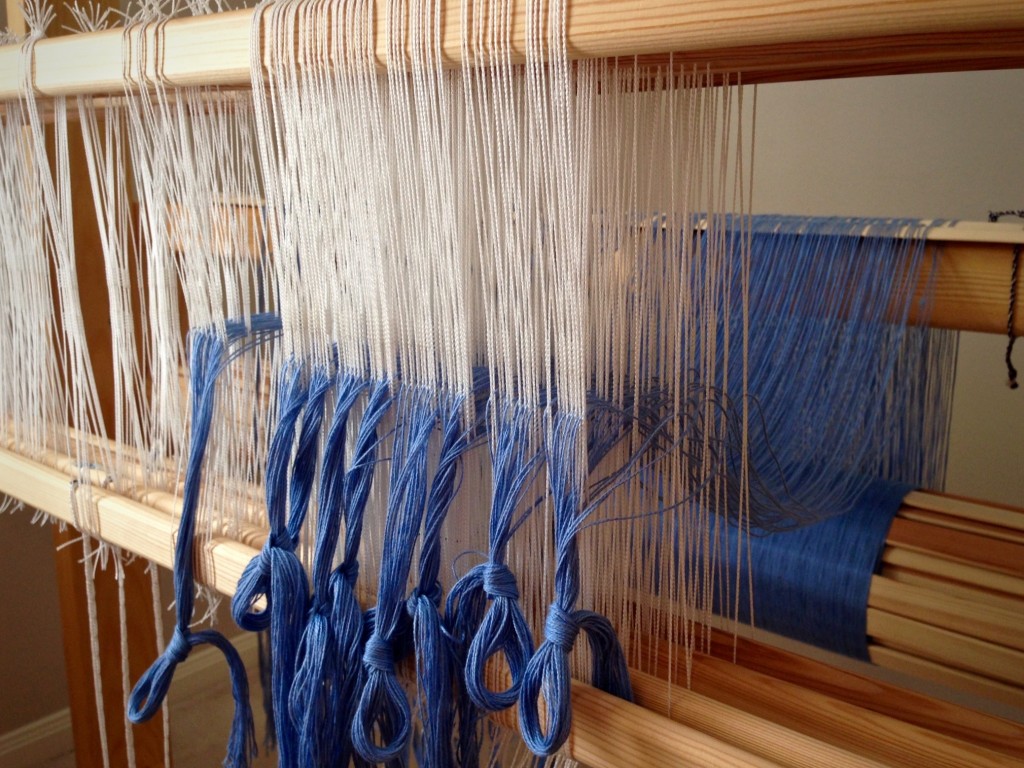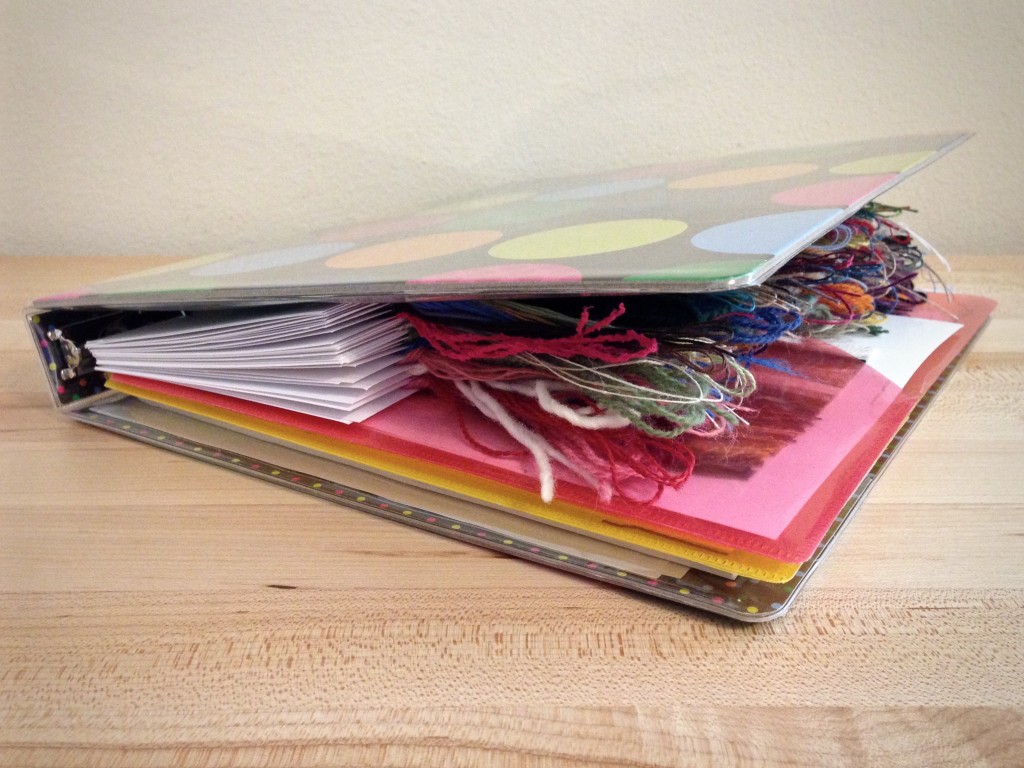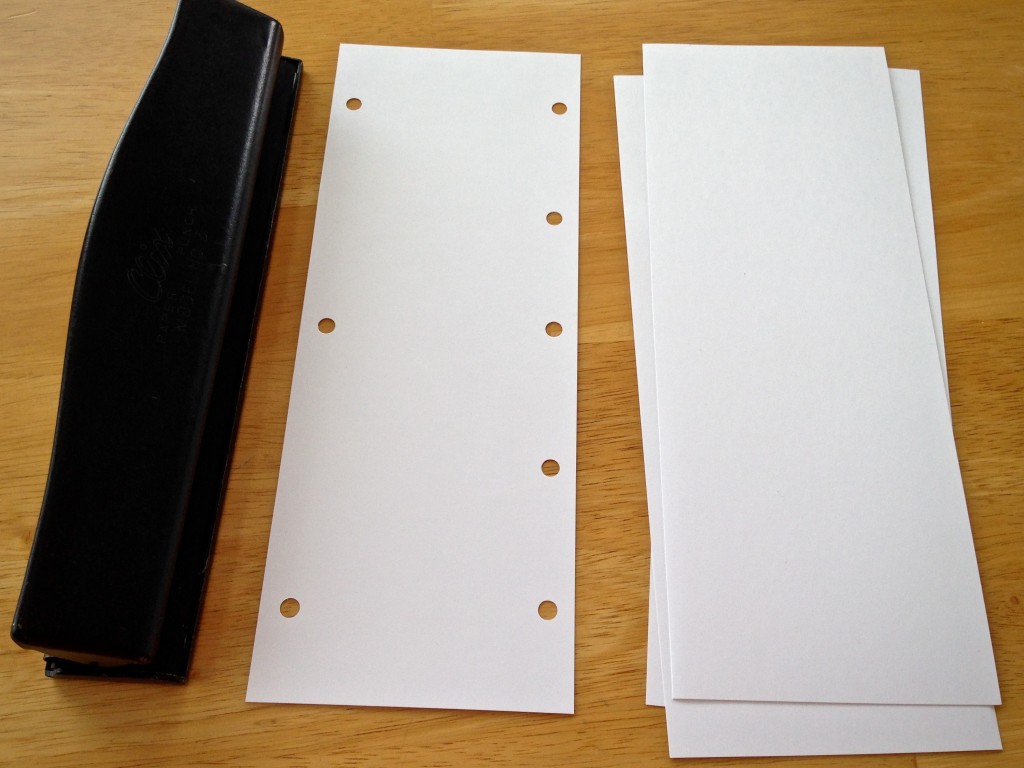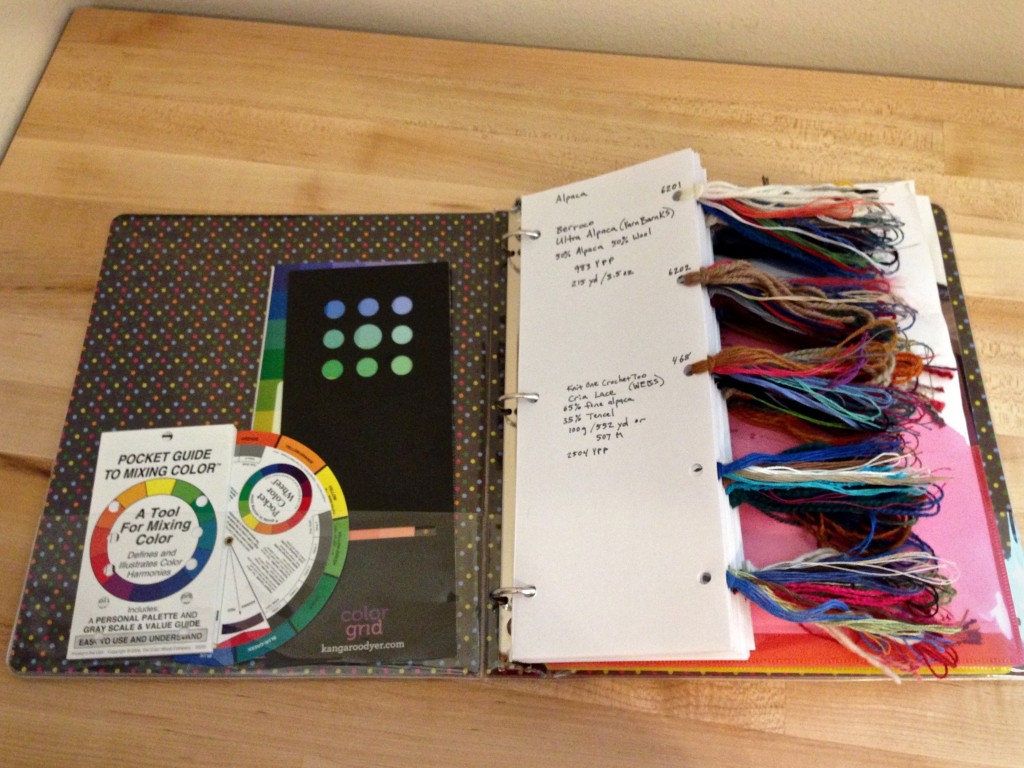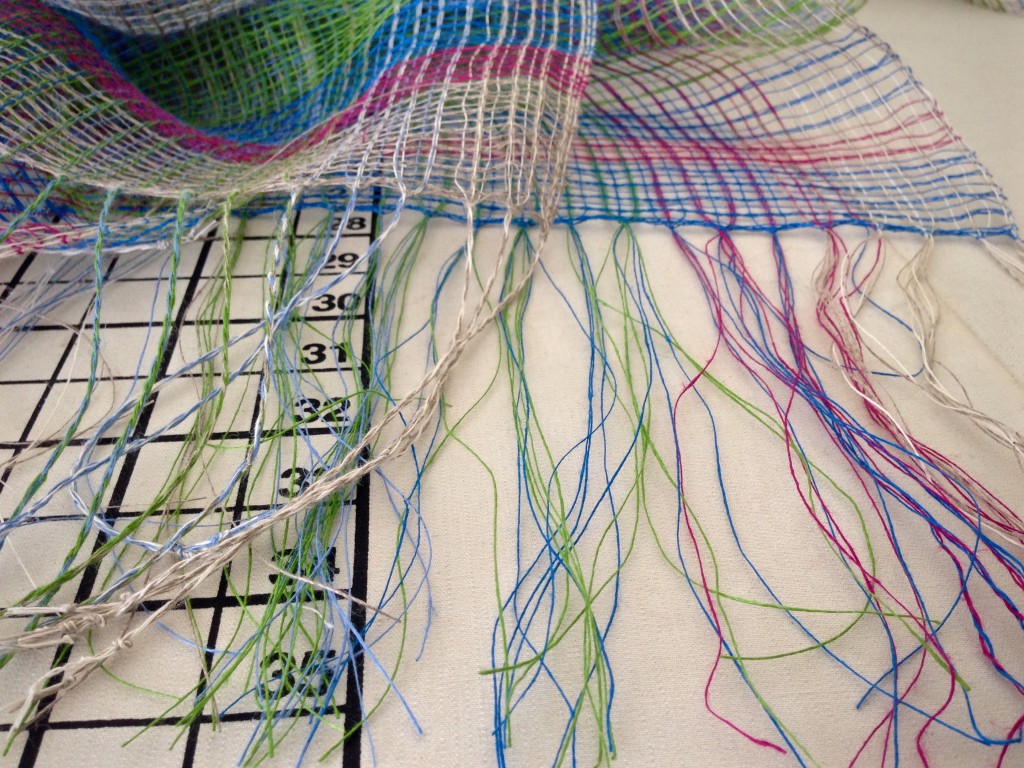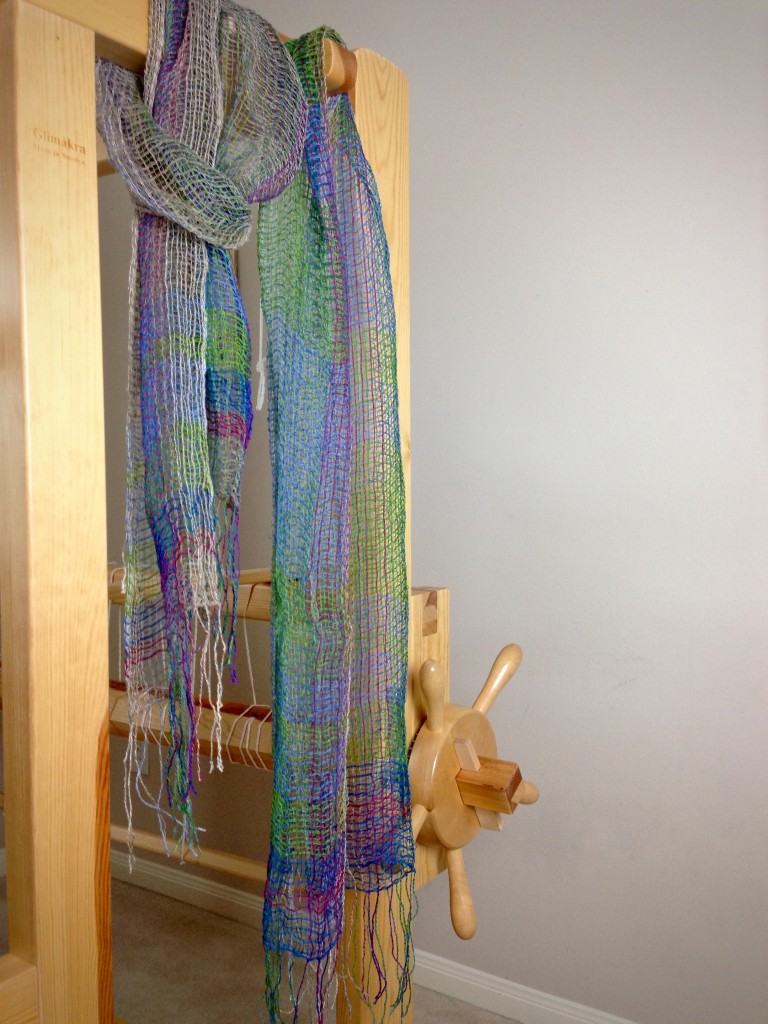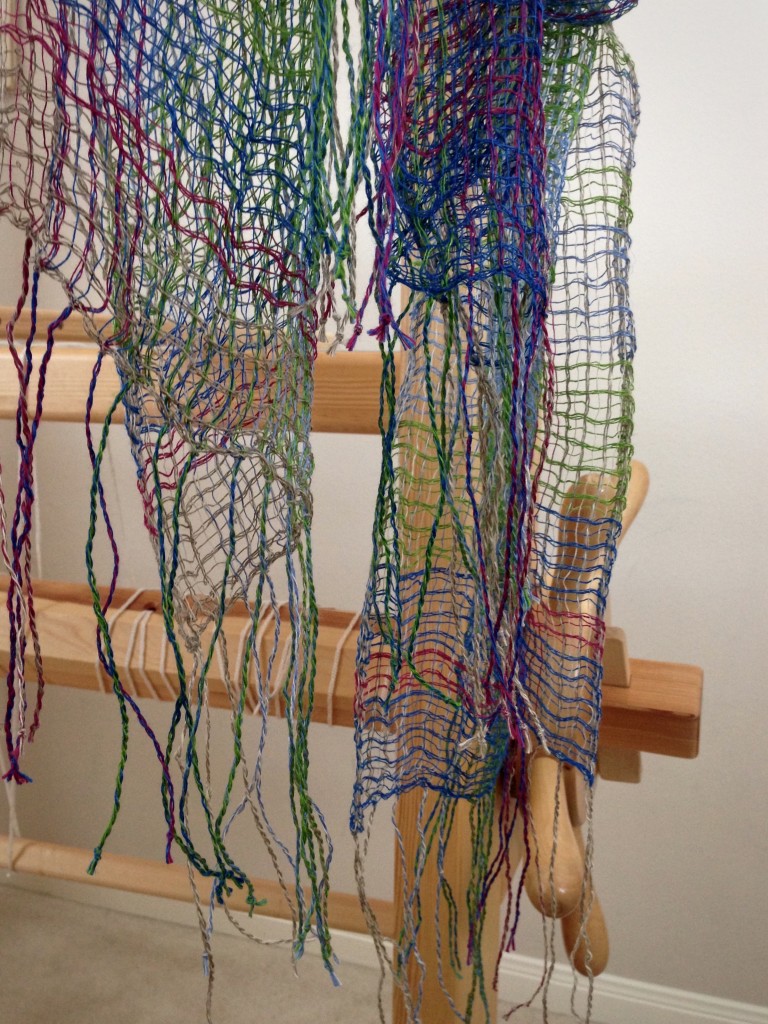Do people know how much fun it is to weave rag rugs? Next week I’ll be in Arkansas teaching what I love. This ten-yard warp is giving me ample rehearsal time for explaining double binding techniques. Mostly, though, I want to introduce students to the thrill of rag rug weaving!
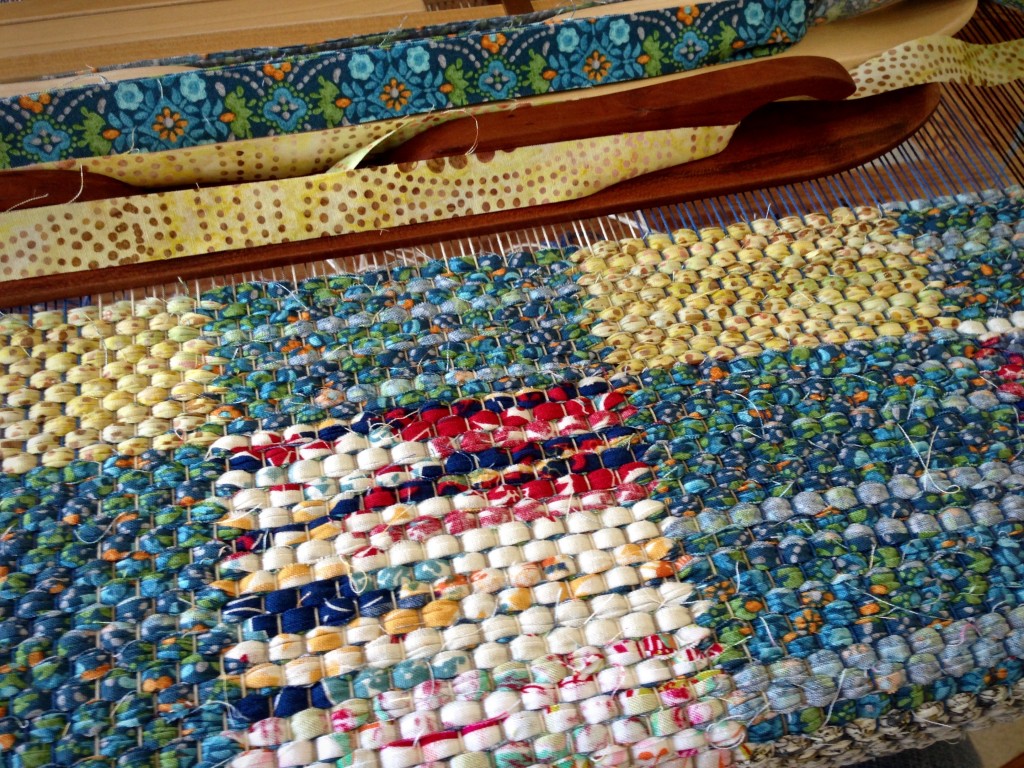
I am puzzled by weavers who are not fond of weaving rag rugs. “It’s too slow,” I’ve been told. “It doesn’t interest me.” And what about weavers who have never attempted to weave a rag rug? “What?!” I want to say, “You have a weaving loom, and you’ve never tried weaving a rag rug?” That tells you more about me than it does about them. People are drawn to what they know and love, and they see that thing differently than someone who is not drawn to it.
The goodness of God is like that for me. I’m drawn to it. God is good. One famous saying of Jesus is that the pure in heart will see God. That motivates me to examine my own heart. I can’t think of anything better than seeing the goodness of God.
May you be drawn to good things.
(There is one opening left in my double binding rag rug workshop next week at Red Scottie Fibers in Eureka Springs, Arkansas. It’s not too late to sign up! If you’re interested, let me know.)
Warped for Good,
Karen

